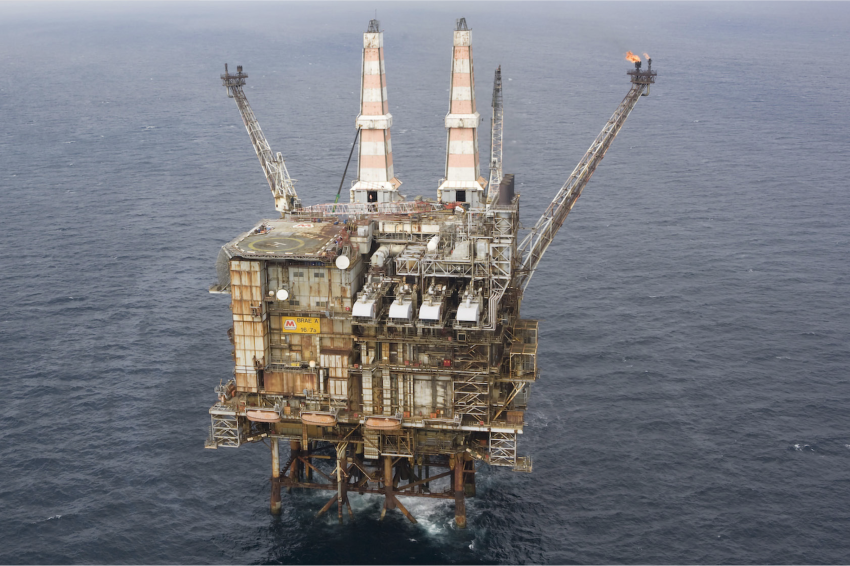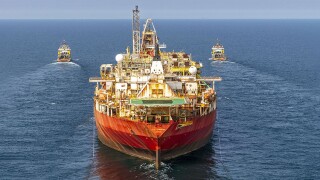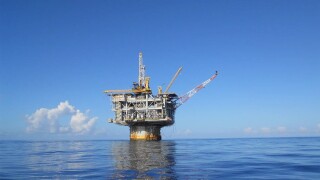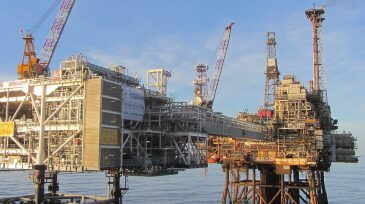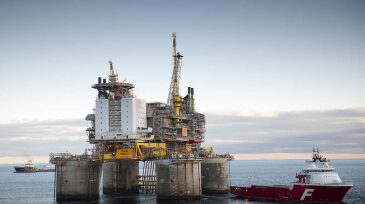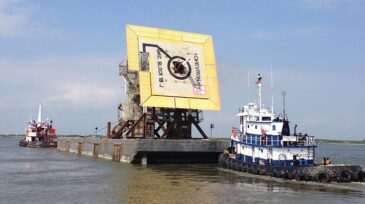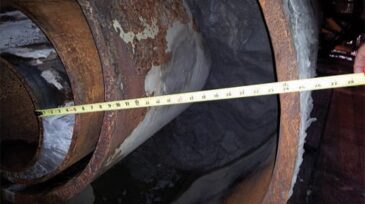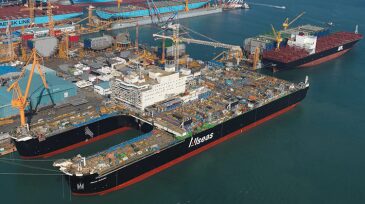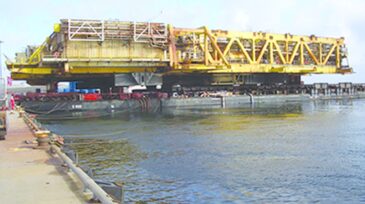Decommissioning
Marine contractor also approves the construction of a new heavy-transport ship.
Shell became the first international company to operate producing fields offshore Brazil and the first to navigate the country’s complex and detailed decommissioning permitting process, which involved extensive environmental assessments, regulatory approvals, and coordinated stakeholder engagement.
ExxonMobil moves forward with the decommissioning of a 25-year-old deepwater US Gulf development.
-
Many offshore decommissioning costs are higher than necessary because of decisions made during the initial engineering and construction for an oil or gas field.
-
With a high demand for plug and abandonment (P&A) of subsea wells in the future on the Norwegian continental shelf, industry is challenged to find alternatives and rigless technologies that can make P&A operation more cost-effective and -efficient.
-
Well plugging and abandoning on a limited budget is a lofty goal that forces the industry to consider new ways and new materials. Cost-effectively dealing with this global problem will require developing tools to carry out the decommissioning without bringing in a drilling rig.
-
The 2014 SPE Annual Technical Conference and Exhibition (ATCE) in Amsterdam drew people from all over the world, covered global themes, and focused on the triumphs, challenges, and remaining opportunities for the North Sea.
-
While decommissioning is not new, the need is accelerating, along with cost and regulatory requirements. A panel at ATCE discussed the challenges in executing decommissioning projects.
-
A strong reason for removing old platforms from the Gulf of Mexico, rather than trying to squeeze more years of marginal production out of them, is hurricanes.
-
Much of the new technology development occurring now is aimed at finding better ways to sever the thick, tough steel structures and wellheads so that they can be removed.
-
When he started his firm focused on removing obsolete offshore structures, Brian Twomey chose the name: Reverse Engineering Services. The thinking was that taking out a structure is like building it, but in reverse.
-
Decommissioning costs are often made higher by decisions made during the initial engineering and construction stages of an offshore oil or gas field. Designing with a critical eye can go a long way toward reducing the decommissioning costs, which occur decades later.
-
Industry perceives decommissioning projects as more risky and uncertain than capital projects. Several recent decommissioning projects delivered in an immature marketplace seem to support this view.

